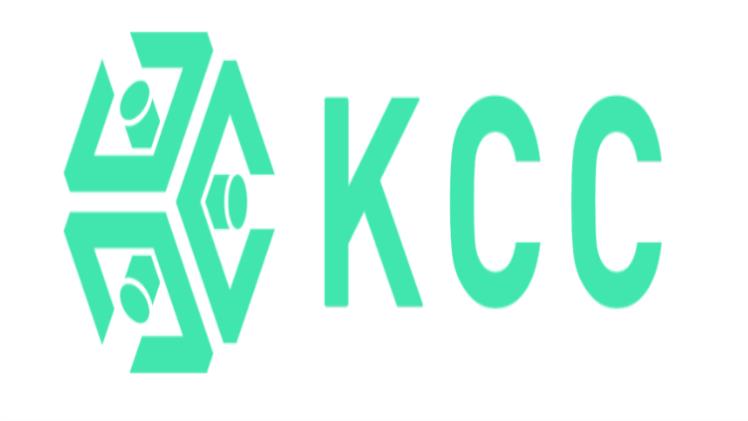Cryptographic forms of money are advanced cash frameworks in which individuals make direct web-based installments to one another. Dissimilar to conventional monetary forms, digital currencies are not overseen from a solitary area like a national bank. Curve Finance is a decentralized trade (DEX). Like other DEXs, for example, Uniswap and Balancer, Curve Finance centers around the trading of stablecoins, like DOGECoin price or Terra Luna, and on wrapped renditions of resources like tBTC or wBTC. Because of the expansion in digital currency reception and DEFI yield cultivating, numerous dealers currently have an expanded need to trade stablecoins as proficiently and monetarily as possible. KuCoin is a notable name in the crypto business as it figured out how to lay down a great foundation for itself as a conspicuous all-in-one resource for a wide range of crypto tasks. Sent off in August 2017, the trade has more than 200 digital currencies and additionally upholds curve finance according to the latest Cryptocurrency news.
Curve Finance
Bend uses a robotized market creator (AMM) system close to liquidity pools. By zeroing in on resources that act the same way (stablecoins), Curve Finance can offer low expenses, a limited amount of slippage, and a decreased gamble of ephemeral misfortune. Close to the capacity to trade stablecoins, Curve Finance likewise compensates clients that give liquidity to the trade. Liquidity pools eliminate the need to coordinate a purchaser with a merchant to finish a trade. All things being equal, clients exchange and out of a pre-subsidized pool of tokens, which brings about a more proficient exchange. Curve Finance is a non-custodial specialist co-op, so it doesn’t have direct admittance to a client’s digital money tokens.
Instructions to utilize Curve
Curve Finance chips away at the Ethereum organization. To use Curve Finance, you want to make a web 3.0 Ethereum wallet, like MetaMask, and interface it to the trade.
How does the CRV token function?
CRV, the local token to the Curve Decentralized Autonomous Organization (Curve DAO), runs the Curve Finance framework. The token was presented in 2020 for administration and as compensation for liquidity suppliers. Alongside other marking rewards, liquidity suppliers currently get CRV while loaning their digital forms of money to the framework, which permits banks to impact the course of the stage. Administration conventions permit CRV holders to decide on choices, including the Curve Finance trade. A holder’s impact relies upon how much CRV is held and, furthermore, on the time that the CRV has been held. Those holding CRV for the longest measure of time hold the most weight while casting a ballot.
What are Curve pools?
Curve Finance depends on liquidity pools to offer the most reduced measure of slippage while trading digital currencies. Liquidity pools are digital currencies gotten into savvy gets that clients have loaned. These clients procure interest on the loan. The pools help to work with the exchanging of cryptos on the DEX. Curve Finance liquidity pools differ from those tracked down on different trades because of an emphasis on digital forms of money that offer a comparative unpredictability profile. By zeroing in on stablecoins, Curve offers a loaning convention that is less unstable than different stages while giving exorbitant interest on the liquidity.
How To Give Liquidity On Curve?
While storing liquidity into a pool, you will acquire openness to each digital money in that pool. On the off chance that a pool contains five cryptographic forms of money, your stake will be disseminated across the five digital currencies in that pool. The proportion between tokens continually varies on different platforms.
What are the dangers of Curve finance?
Gambles are intrinsic inside the digital currency area and ought to be assessed prior to entering a convention or buying any cryptographic money. Similarly as with any speculation, just store what you will lose. Bend Money has been reviewed by Trail of Pieces, however that doesn’t mean the convention is liberated from risk.
Temporary misfortune
Temporary misfortune is dependably a gamble while utilizing a computerized market creator, for example, the one on Bend Money. Fleeting misfortune happens assuming that the cost of the resource accommodated liquidity changes in value contrasted with when you kept. A liquidity supplier might actually get more cash-flow on the off chance that they had clutched the computerized resource as opposed to giving liquidity. This impact is scaled down at Bend, because of the emphasis on resources that keep a comparable cost (stablecoins).

